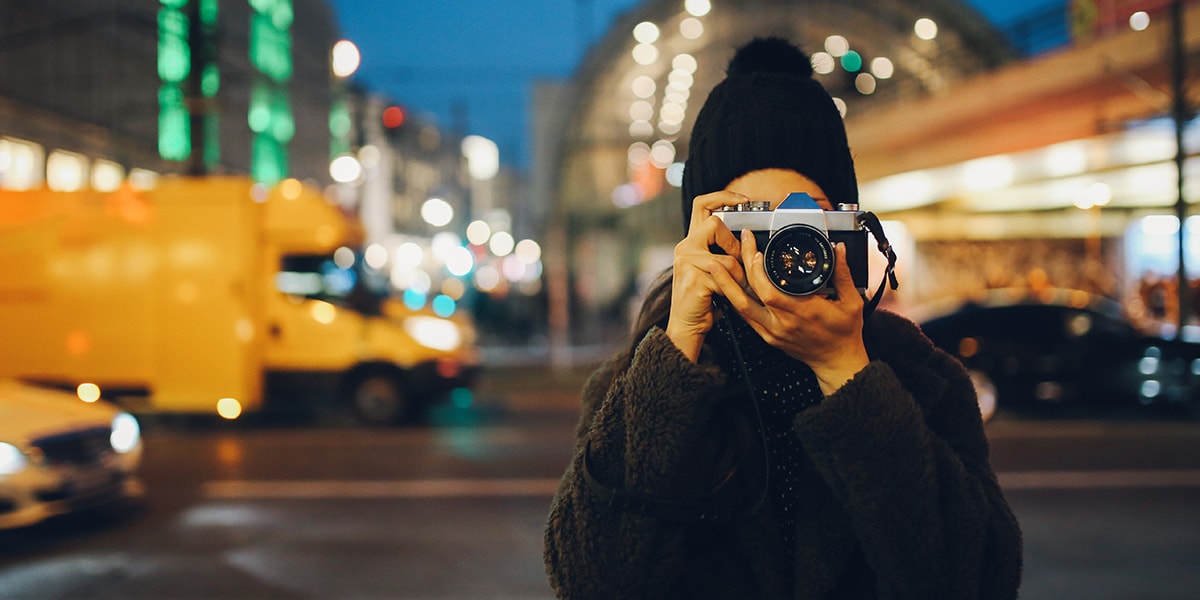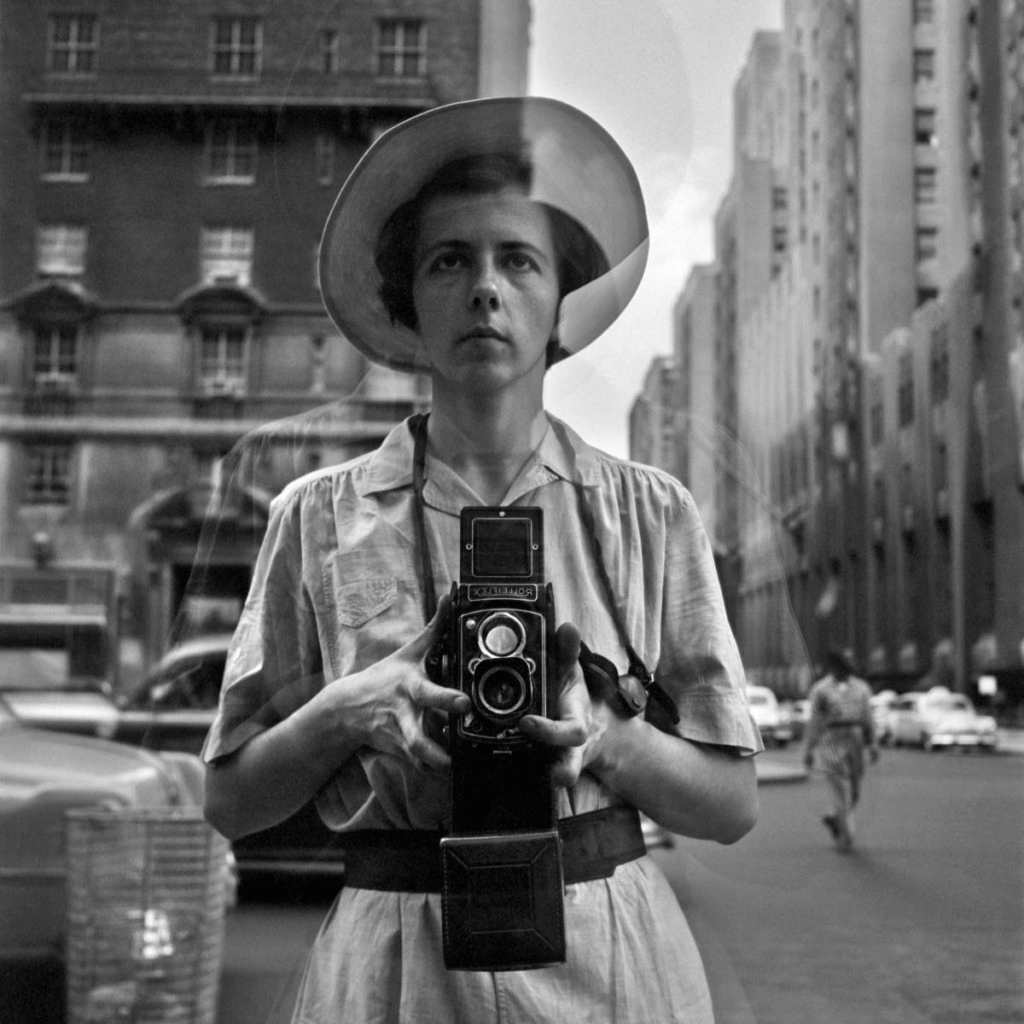The smart Trick of Framing Streets That Nobody is Discussing
The smart Trick of Framing Streets That Nobody is Discussing
Blog Article
The Best Guide To Framing Streets
Table of ContentsSome Known Details About Framing Streets The Best Guide To Framing StreetsAbout Framing StreetsMore About Framing Streets4 Simple Techniques For Framing Streets4 Simple Techniques For Framing Streets
Photography style "Crufts Canine Program 1968" by Tony Ray-Jones Street digital photography (also sometimes called honest photography) is photography carried out for art or inquiry that features unmediated opportunity experiences and random incidents within public places, typically with the goal of capturing images at a definitive or poignant moment by careful framing and timing. 
Framing Streets Things To Know Before You Get This
Susan Sontag, 1977 Street digital photography can concentrate on people and their habits in public. In this respect, the road digital photographer is comparable to social documentary photographers or photographers who also work in public places, but with the aim of capturing newsworthy occasions. Any one of these photographers' pictures may capture people and building visible within or from public locations, which frequently requires navigating moral problems and laws of privacy, security, and residential property.
Representations of day-to-day public life develop a category in virtually every period of world art, starting in the pre-historic, Sumerian, Egyptian and early Buddhist art durations. Art handling the life of the street, whether within sights of cityscapes, or as the leading theme, shows up in the West in the canon of the North Renaissance, Baroque, Rococo, of Romanticism, Realistic look, Impressionism and Post-Impressionism.
About Framing Streets
Louis Daguerre: "Blvd du Temple" (1838 or 1839) In 1838 or 1839 the very first photograph of figures in the road was recorded by Louis-Jacques-Mand Daguerre in among a set of daguerreotype views taken from his workshop home window of the Boulevard du Temple in Paris. The second, made at the elevation of the day, shows an unpopulated stretch of road, while the other was taken at concerning 8:00 am, and as Beaumont Newhall reports, "The Boulevard, so frequently full of a relocating bunch of pedestrians and carriages was flawlessly solitary, other than a person that was having his boots cleaned.
His boots and legs were well defined, yet he is without body or head, because these were in movement." Charles Ngre, waterseller Charles Ngre. https://giphy.com/channel/framingstreets1 was the very first digital photographer to achieve the technological sophistication needed to register people in motion on the road in Paris in 1851. Photographer John Thomson, a Scotsman working with reporter and social activist Adolphe Smith, published Road Life in London in twelve month-to-month installations starting in February 1877
Things about Framing Streets
Eugene Atget is considered as a progenitor, not due to the fact that he was the initial of his kind, yet as an outcome of the popularisation in the late 1920s of his document of Parisian roads by Berenice Abbott, that was inspired to embark on a similar paperwork of New york city City. [] As the city created, Atget assisted to promote Parisian roads as a deserving subject for digital photography.

A Biased View of Framing Streets
Andre Kertesz.'s commonly admired Images la Sauvette (1952) (the English-language version was entitled The Crucial Moment) advertised the idea of taking a picture at what he termed the "crucial moment"; "when form and web content, vision and composition merged right into a transcendent whole" - Street photography.
Framing Streets Things To Know Before You Get This
The recording machine was 'a covert camera', a 35 mm Contax hidden beneath his coat, that was 'strapped to the breast and connected to a long cord strung down the right sleeve'. Nevertheless, his job had little contemporary effect as as a result of Evans' sensitivities concerning the originality of his task sites and the personal privacy of his subjects, it was not published until 1966, in the book Lots of Are Called, with an introduction written by James Agee in 1940.
Helen Levitt, after that an instructor of young kids, linked with Evans in 193839. She recorded the transitory chalk drawings - vivian maier that became part of youngsters's road society in New york city at the time, as well as the kids who made them. In July 1939, Mo, MA's brand-new digital photography section consisted of Levitt's job in its inaugural exhibitionRobert Frank's 1958 publication,, was substantial; raw and usually out of emphasis, Frank's photos questioned conventional photography of the moment, "tested all the official rules put down by Henri Cartier-Bresson and Pedestrian Evans" and "flew in the face of the wholesome pictorialism and genuine photojournalism of American magazines like LIFE and Time".
Report this page